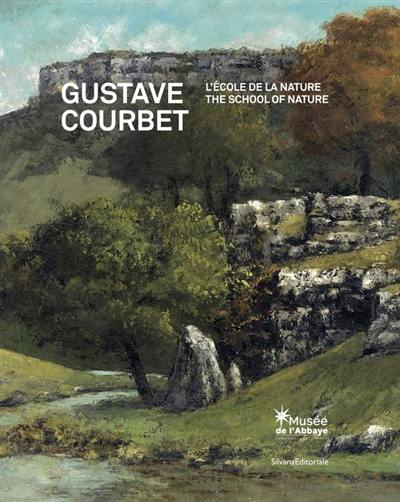
Paru le 03/03/2021 | Broché 168 pages
Tout public
préfaces Hervé Novelli, Raphaël Perrin, Jean-Louis Millet
L'école de la nature
Courbet revendiquait n'appartenir à aucune école, se positionnant comme un artiste libre, indépendant et menant sa carrière avec l'objectif affirmé de créer une manière de « peindre le réel » qui lui serait propre. Cette école de la nature s'affirma dès sa prime jeunesse, alors qu'il s'initiait au dessin et à la peinture « de plein air », réalisés « sur le motif ».
Cet ouvrage illustre le naturalisme chez Courbet, à travers, principalement, ses paysages, et la transmission de sa vision du réel auprès d'autres artistes qui ont formé une école comtoise du paysage. La figure de George Besson (Saint-Claude, 1882 - Paris, 1971), collectionneur et critique d'art, ardent défenseur de Courbet et du réalisme, est abordée sous l'angle de l'histoire de la création du musée Courbet à Ornans, mais également à partir du lien qui l'unissait à sa ville natale, Saint-Claude. En effet, dans la capitale haut-jurassienne, l'inauguration du musée de l'Abbaye - dont le projet a été porté par les deux artistes peintres, devenus donateurs, Guy Bardone et René Genis - a été rendue possible alors que Besson en avait posé les jalons quarante ans auparavant.
Autour de Courbet, se mêlent ainsi différentes personnalités franc-comtoises ayant participé, à titres divers, à la connaissance, la diffusion et la continuité du rayonnement de son oeuvre et de l'art.
The School of nature
Courbet claimed that he belonged to no school, portraying himself as a free, independent artist and pursuing his career with the stated aim of paving the way for his own particutar manner of « painting the real. » This school of nature took root already in his early youth, when he was first introduced to « plein air » drawing and painting « from life. »
This book examines the Naturalism in Courbet's oeuvre, mainly through his landscapes, and the influence he may have had on later artists who formed a Franche-Comté school of landscape. The figure of George Besson (Saint-Claude, 1882 - Paris, 1971), an art collecter and critic, and ardent defender of Courbet and Realism, is seen through the lens of the history of the création of the Musée Courbet in Ornans, and also through Besson's connection to his birthplace, Saint-Claude, where - some forty years after he had laid the groundwork for it - the inauguration of the Musée de l'Abbaye was made possible with the backingof two donors and painters : Guy Bardone and René Genis. A number of Franche-Comté personalities thus orbit around Courbet, all of whom have contributed, in their various capacities, to the awareness, dissemination and continued influence of Courbet's work and of art.